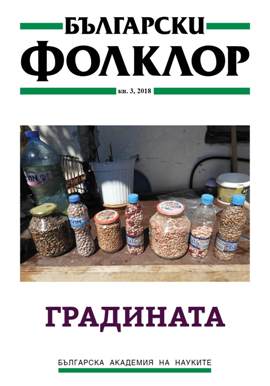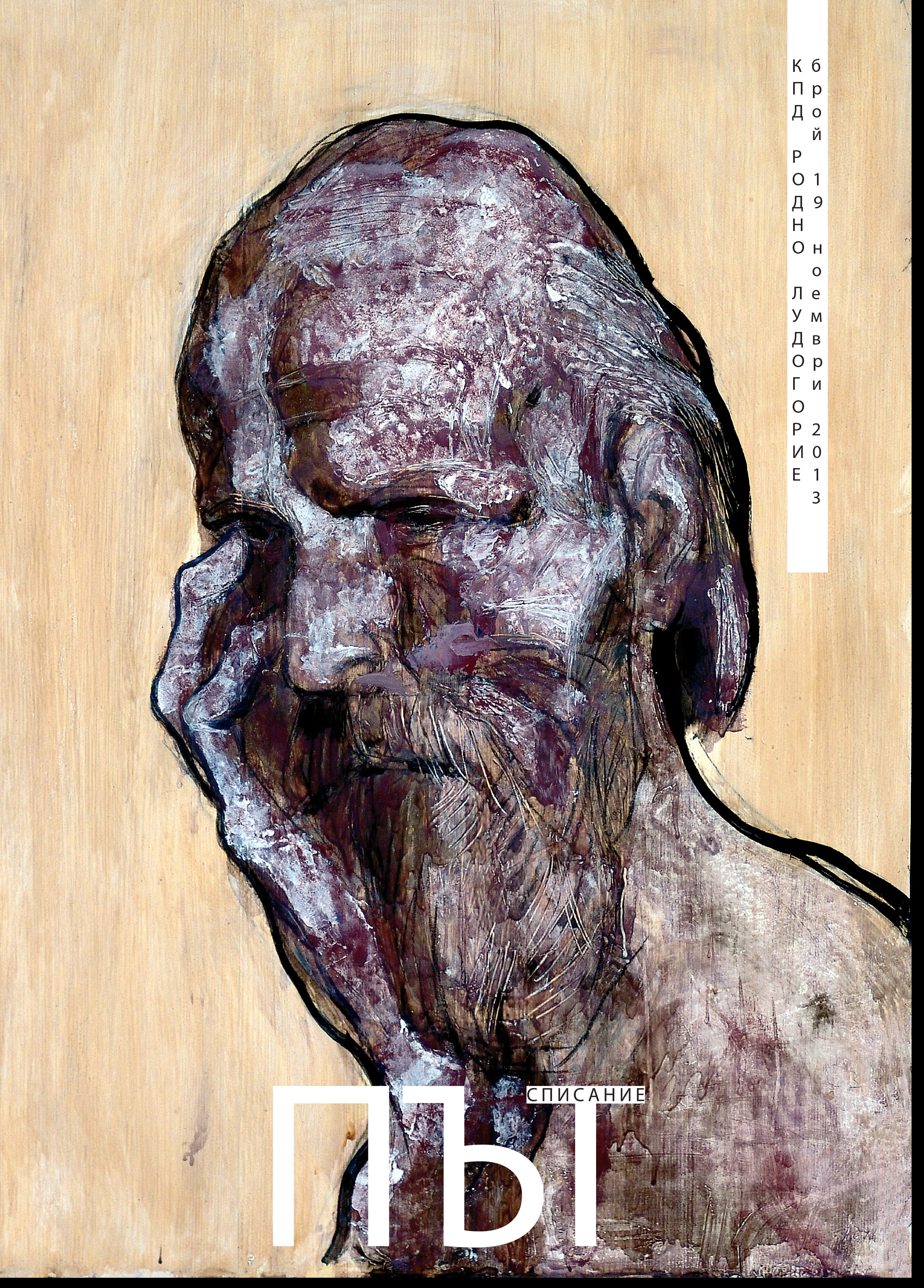
V. Бедреддин и сефевидите
This article represent textual part of the book of Franz Babinger "Sheikh Bedreddin, the son of the judge of Simav"
More...We kindly inform you that, as long as the subject affiliation of our 300.000+ articles is in progress, you might get unsufficient or no results on your third level or second level search. In this case, please broaden your search criteria.

This article represent textual part of the book of Franz Babinger "Sheikh Bedreddin, the son of the judge of Simav"
More...
In his work Nazim Hikmet relates the ideology of Bedreddin with his own ideas of freedom, development and justice. The topic for the social standing of the woman in the Muslim world is opening the polemic in this article.
More...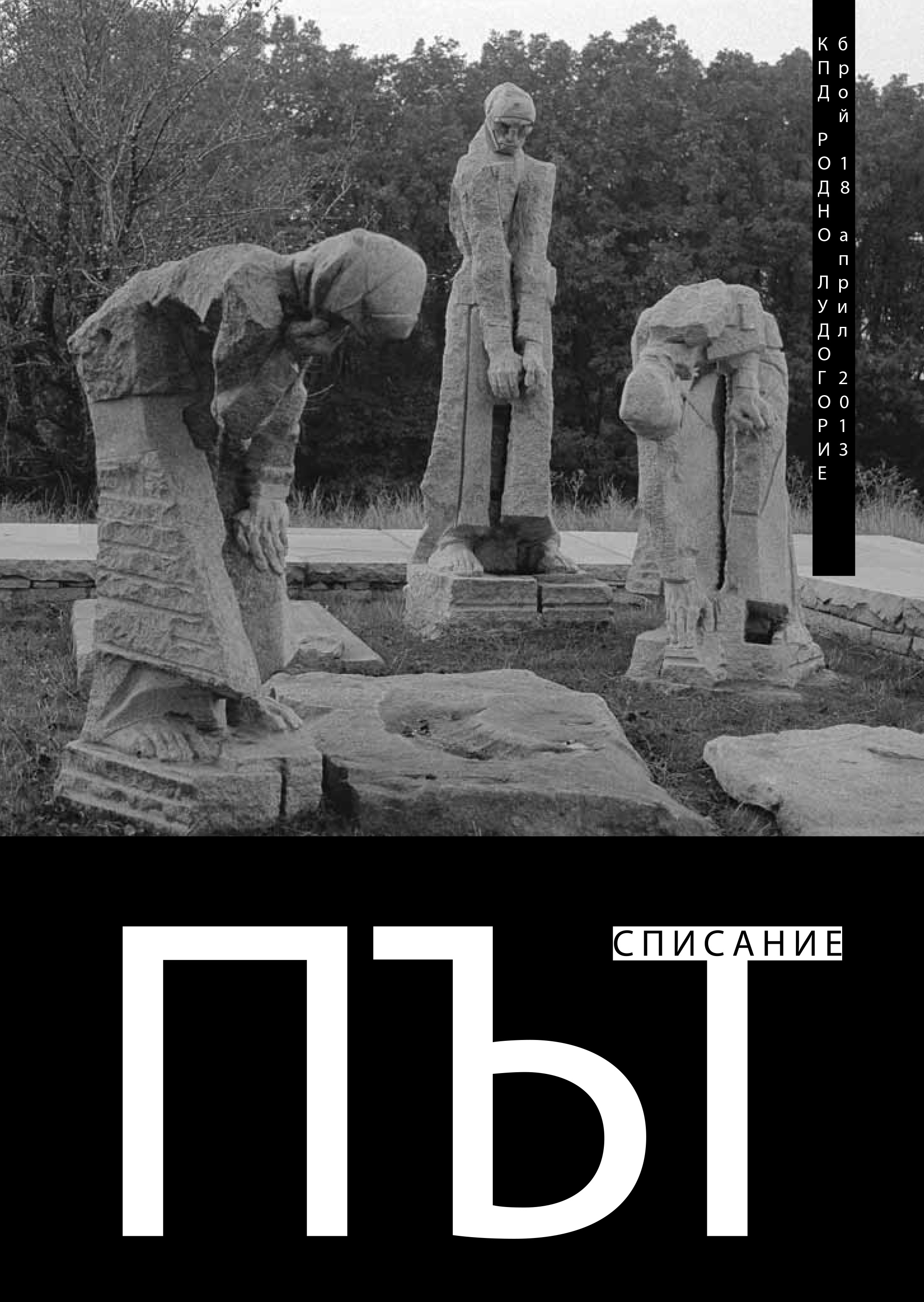
Editorial article for Saints Cyril and Methodius, recognized for their missionary in Great Moravia and much more.
More...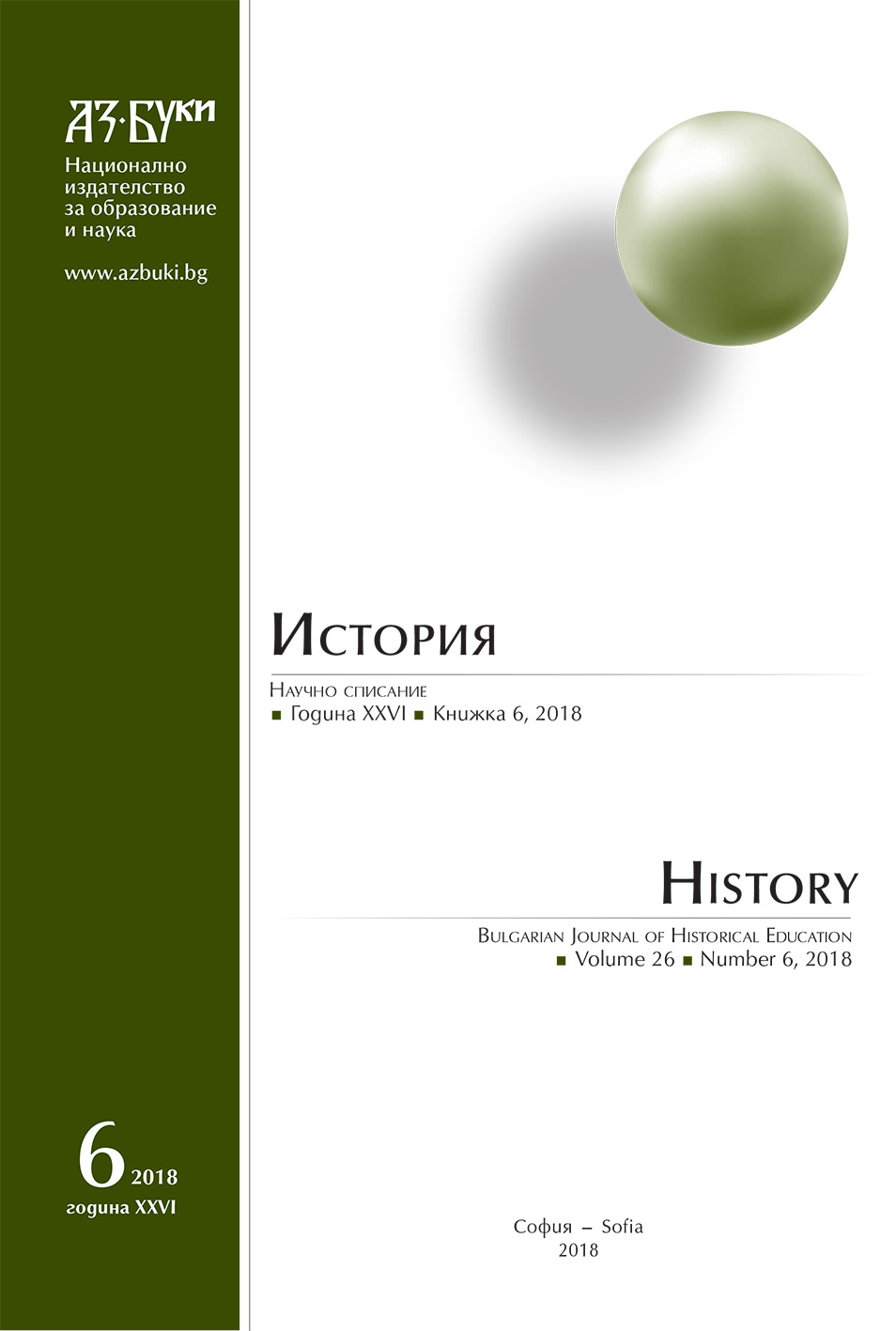
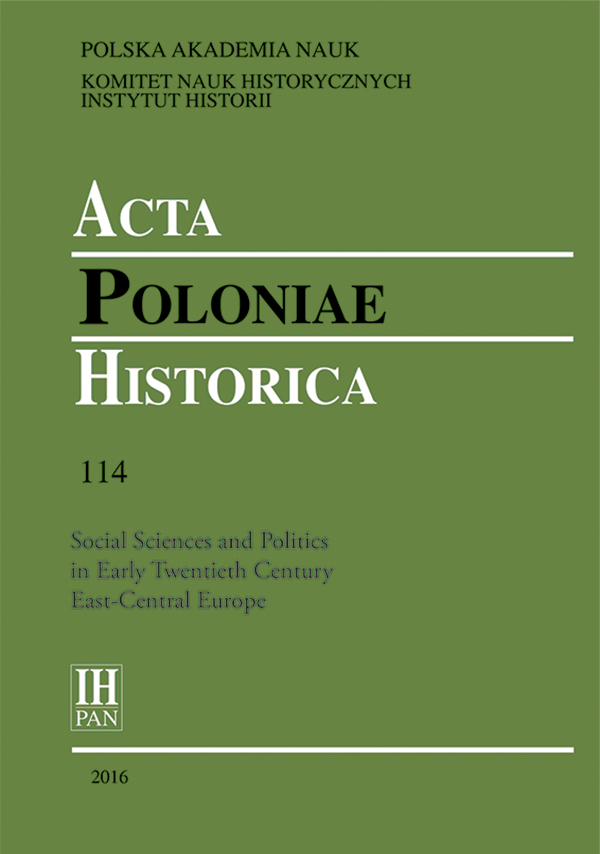
The interwar period was characterized by the active development of national eugenics projects in Europe. A number of factors contributed to the interest in eugenics and the desire to implement them: the making of new states and consolidation of nations in East Central Europe, the need to overcome the legacy of the Great War and deal with social problems (for example, venereal diseases and prostitution), and the development of scientific and international academic contacts. Belarusian debates on eugenics took place mostly on the periphery of the more developed discourses – those in Russia, Poland, and, later on, in Germany. The Russian scholars in the larger university centres contributed to the development of the Soviet eugenics project, which gained the support of the Soviet authorities. In the first decade of their rule, the Bolsheviks were not against debates on eugenics about how to improve the ‘nature of man’. The Soviet eugenics project, which focused on studying problems of heredity, genetics, and genealogy, was stopped when the authorities placed rigid ideological controls over science. In Soviet Belarus, no academic circle appeared that engaged in the debates on eugenics. The development of the eugenics movement in Poland was closely linked to the formation of the newly established Polish state. After the Great War, the Polish eugenics movement made attempts to integrate itself into the public life of the country. Polish medical doctors contributed to the development of the eugenics movement. During the Second World War, a group of Belarusian nationalists tried to formulate a basis for a Belarusian racial eugenics project, following the main ideas of Nazi ‘racial hygiene’.
More...
A rise of interest in issues of heredity and advances in medicine in the nineteenth century resulted in the widespread medicalization of social phenomena. Theories formulated in the field of natural sciences increasingly served as a tool to explain unacceptable patterns of social behaviour, including prostitution which began to be seen as a biologically determined condition. As a main channel for the spread of STDs – some of them potentially transmissible across generations (congenital syphilis) – prostitution became one of the major concerns of medical professionals. Thus, what was previously a sin and an insult to middle-class moral standards, now came to be seen as a health menace to the entire population. In times of increased competition between nation-states, the latter argument played an even more important role, and the ruling elites sought to tighten control over what they perceived as ‘dangerous bodies’. As campaigners against the ‘great social evil’ also analysed prostitutes’ social milieu, discourses on the causes of prostitution were highly confusing. One source of confusion was Morel’s theory of degeneration, in which the author skilfully combined environmental influence with the concept of hereditary pathology. Additionally, some authors still adhered to a much older explanation for social ills. The construction of an evil ‘Other’ – typically unscrupulous Jew – responsible for planting various physical and/or moral ‘plagues’ in a victimized population, thus threatening its biological existence. The fear of deterioration, inevitably leading to extinction, unified proponents of old-style and modernist anti-vice campaigners. This article offers an overview of expert narratives on the causes of prostitution in the early decades of twentieth century Poland.
More...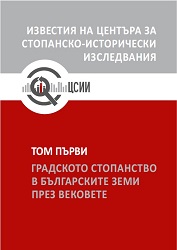
During the period of the so-called first Bulgarian capitalism (1878–1944) one of the most interesting problems that preoccupies the economists in the country is linked to the perspectives and consequences of the economic and political integration of Bulgaria and the other Balkan or European countries. They approached this issue with a large dose of realism. On the one hand, they are driven by a clear sense of backwardness, limited capacity and resources of the Bulgarian economy, suggesting the inclusion of the country in a larger market, but on the other they are not dramatically affected by the illusions of "civilizational choice" that must be made.
More...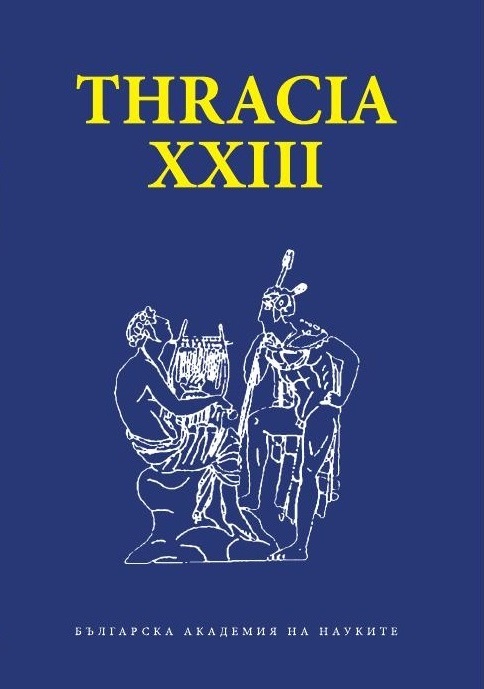
The paper justifies the use of the term Palaeobalkan-westanatolian community. The community is defined as over-lingual and culturally identifiable, but it demonstrates similarities in the political systems too.The community becomes identifiable from the second half of the 2nd millennium BC., slightly blurred in Hellenistic and Roman period, but its strong fundamentals hold until the end of antiquity. The announcement of Constantinople as an imperial capital plays a big role for that. It, in turn, is conditioned by the existence of this core that ensures the centuries long existence of Byzantium. Late manifestations of Palaeobalkan-westanatolian community are well documented and easily noticeable. A more significant question is since when we may identify this community and what might cause its formation. It`s appearance is related with the presence of similar natural conditions and the common to a great extent religion, as well as with the eased communication around the three seas - the Aegean, Sea of Marmora and Black sea.The community includes different languages, not all of which are ethnically close. Within the community appear some of the earliest protopoleis and cities in Europe. The Greek polis was born here too. Polis suggests a different type of culture and polity in comparison to the monarchy, but both are formed gradually and would have hardly strengthen without interaction with the other political formations in Palaeobalkan-westanatolian community. They do not simply accept greek apoikies, they need a symbiotic relationship with them. The easy migration of local population in the colonies shows that the way of life in them is known and acceptable for non-greeks. All that will emerge as a symbiosis between polis and monarchy in the era of Hellenism and in the Roman Empire, has already been tested within the Palaeobalkan-westanatolian community and has proven its viability.The term summarizes many previous observations made by many scientists. The term “Mycenaean Thrace” shows diachronic proximity between societies in Mycenaean Greece and Thrace from the early Iron Age. I can add also the parallels between Thrace and Phrygia synthesized in the term “Thracian-Phrygian contact zone” and “Thracian-Trojan ethnocultural community.” Subsequently the term “Palaeo-Balkan community” is introduced.Observations on ancient authors show awareness of the existence of such a community. It is expressed most often through mythological genealogy of eponyms of different ethnic groups that show the connections between them. This tradition began by Herodotus and increased during the Hellenistic era. Finally I offer examples which suggest the existence of a Palaeobalkan-westanatolian community in the understanding of kingship and cults.
More...
Before the time of the Great Persecution Christians were not prosecuted by the imperial government, but with the accession of the Emperor Diocletian (284–305 г.) the religious policy takes another direction. The emperor’s legislation inaugurates the first and only period of persecution against Christians due to their religious beliefs. One of the first Christian centers in today’s Bulgarian territory is the city of Durostorum (modern day Silistra), which at the end of 4th century became the seat of a Christian bishopric and a center of Christianity in the region. Many early Christian buildings and artefacts indicating a strong Christian presence compared to the other parts of the Moesia Inferior province have been discovered in Durostorum. In numerous hagiographical sources the names of a fourteen martyrs stand out. Eight of them are known to be soldiers in the Legio XI Claudia during the time of the Great Persecution. Unfortunately there is no other source that confirms their stories or their actual existence. The only information about those soldiers is that they were executed during the reign of Emperor Diocletian in 304.This paper argues that the majority of the martyrdom stories need to be considered as propagandist literature while the martyrs themselves represent the embodiment of a Christian ethic – an ideal example of heroism and other virtues. whatever the case with the martyrs of Durostorum is, we couldn’t possibly consider them as an example for the religious climate during the time of the edicts.
More...
Carmen XVII of Paulinus of Nola is the principal source of information about the conversion of the Bessians. The poem, written in 398 A.D., is dedicated to the missionary activity of the bishop of Remesiana – St. Nicetas among different barbarian tribes including the Bessians.Paulinus of Nola praises the great success of Nicetas in the conversion of the barbarians. He presents the Bessians as rude people who refuse to be slaves and as robbers, transformed by Nicetas in monks. The poet uses different rhetorical techniques to present the transformation from paganism to Christianity and to magnify the power of the Christian faith. That fact questions the credibility of the missionary activity of Nicetas and puts the question if Paulinus writes about historical events or if he uses his imagination to show the greatness of the Christianity. The author gives precise details and an exact information about the Bessians, their past and their culture so the information about their conversion also does not be put under question.The geographical area of the missionary activity of Nicetas is not certain – the region of Remesiana and the province of Dacia but without more precise details. The date of the conversion of the Bessians is not evident – around 398 because in the poem the Bessians are presented as already converted to the Christianity. Nevertheless the conversion of the Bessians should be regarded as a historical event considering the historical context of the end of IV c. A.D. and the historical fate of Thrace and the Thracian tribes.
More...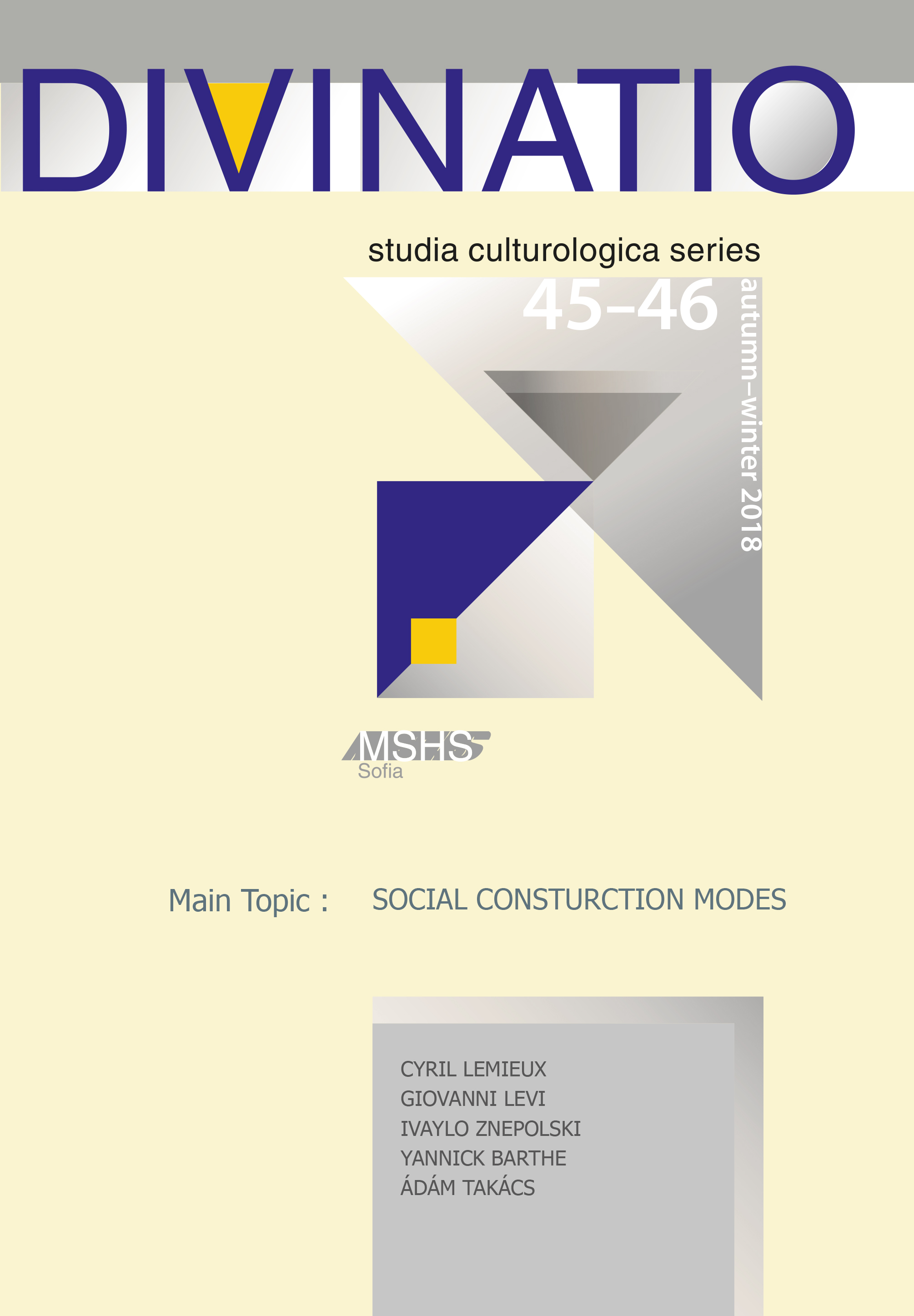


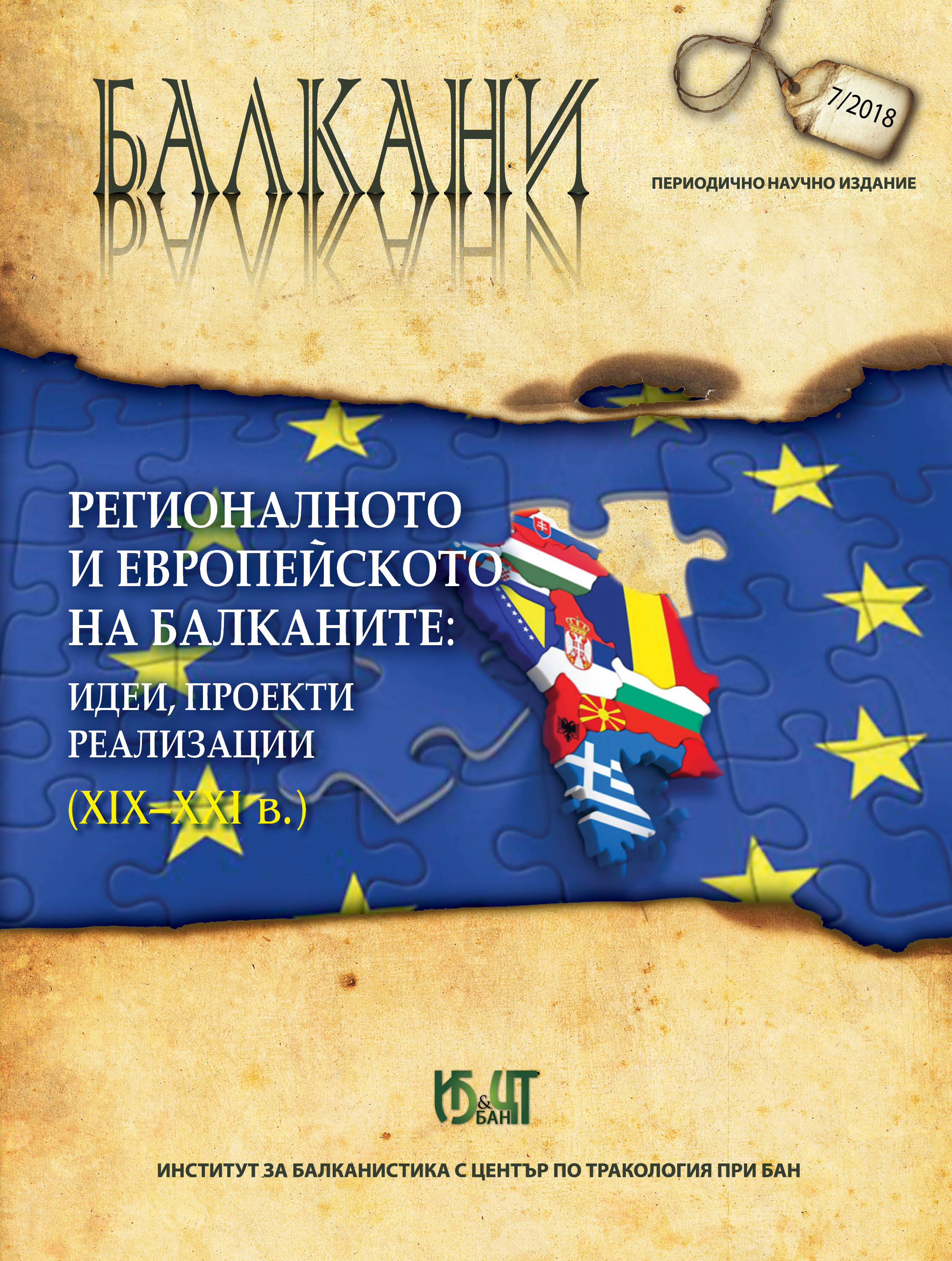
The study follows the reforms’ development in the Ottoman Empire during its three main periods – the Tanzimat bureaucratic reformation, the European reform programs during the Hamidian autocracy and the Young Turks constitutional-parliamentary regime. Emphasizing the leading and unchanging motivation of the efforts to modernize the Ottoman administrative and political system by copying European models to save the Empire, the research highlights the specifics of this process through its various stages. The different manifestations of European influence in the imperial center and the Balkan periphery, the Islamic tradition as a sustainable context of the Ottoman reform, the deepening fragmentation of society and the increasing dependence on the Great powers resulting from the application of the “European recipes” are among the main features of the process. One of the accents in the study is the transformation of Ottomanism as an essential element reflecting the internal contradiction, eclecticism, inadequacy of the reform ideology, policy and practice and ultimately the historical vindication of the idea of the Ottoman Revival.
More...
Modern mountaineering (mountain tourism) is an urban socio-cultural phenomenon that originated in Western Europe in the middle of the 19th century. The South Slavic mountaineers followed the basic European model, while enriching it with their national peculiarities. The contacts between Slovenian, Croatian, Bulgarian and Serbian mountaineers became particularly intense in the first decade of the twentieth century in the context of the Neo-Slav movement (Neo-Slavism). Through this movement, the topic of mountaineering with its actual or alleged Slavic peculiarities and dimensions was included in the agenda of the First Slavic Congress in Prague in 1908 and the Second Slavic Congress in Sofia in 1910. Steps have been undertaken to establish a Union of the Slavic Tourist Organizations that was to promote their mutual knowledge and cooperation. The Balkan and the First World War put an end to the projects of all-Slavic unity. Despite the strained political relations between Bulgaria and Yugoslavia in the interwar period, the connections between the South Slavic mountaineers were not interrupted. They developed mainly within the Association of Slavic Mountaineering Societies, a collective member of the Union Internationale des Associations d’Alpinisme. Two of the congresses of this organization were held in Sofia (1929 and 1936) and that enabled the Slovenian and the Croatian mountaineers to get to know Bulgarian mountains and establish organizational and personal ties with their Bulgarian counterparts. The Bulgarian mountaineers also visited Ljubljana and Zagreb. Despite the attempts at ideologization and politicization, on the eve and during the Second World War the links between South Slavic Bulgarian mountaineers remained a beautiful page in the relations between the two nations that enriched their cultural cooperation and deserves to be studied and popularized.
More...
Professor Francesco Guida’s lecture, delivered in connection with his election as Doctor Honoris Causa of the Bulgarian Academy of Sciences, is a synthesis of the historical relations of Italy with the peoples and states in the Balkan Peninsula at the time of the struggles for national unification, for liberation and for political emancipation in the 19th and 20th century. The author examines successively Italy’s relations with Greece, with Serbia, with Bulgaria, Albania, Montenegro and Romania. The stages of Italian-Balkan relations are outlined: from the interaction in the struggle for national liberation to the political and diplomatic relations after the formation of national states and their inclusion in military and political blocs on the eve of World War I, shedding light on the Italian economic interest in the region as well.Guida also discusses the ideas of Garibaldi and Mazzini, which had a wide impact in the Balkans, too, at the time of national-liberation movements. In conclusion, he points out that the national revival movement of Italy (Risorgimento) and the national revival movements of the Balkan peoples had close and important ties. However, these ties should not be overestimated, because the ideas and the political figures of Italy did not exercise a greater influence on the political fate of the Balkan peoples than the Russian Pan-Slavism or than the political and diplomatic initiative of Austria-Hungary.
More...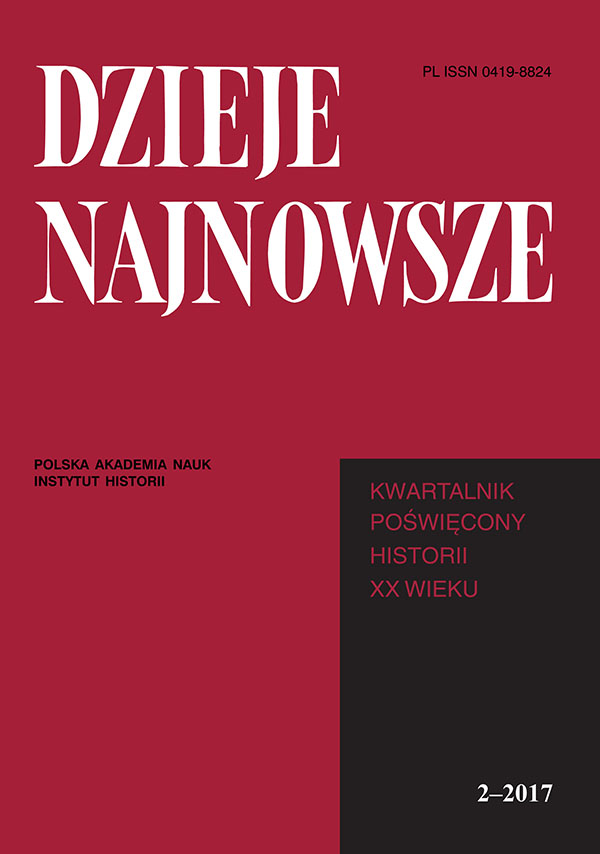

The paper is an analysis of the motif of glass in the fiction of Bruno Schulz. The writer’s fascination with this particular material is related to the experience of modernity, sinceglass served as the substance of permanent and repetitive phantasms. In this respect, Schulz’s writing can be read as an artistically processed testimony of fascination with one of the material dimensions of modernity, which was glass architecture. The author interprets the modernist oculocentrism in Schulz’s stories, focusing on transparency in the spatial figures of the author of Cinnamon Shops (including panoramas, glass balls,telescopes, etc.).
More...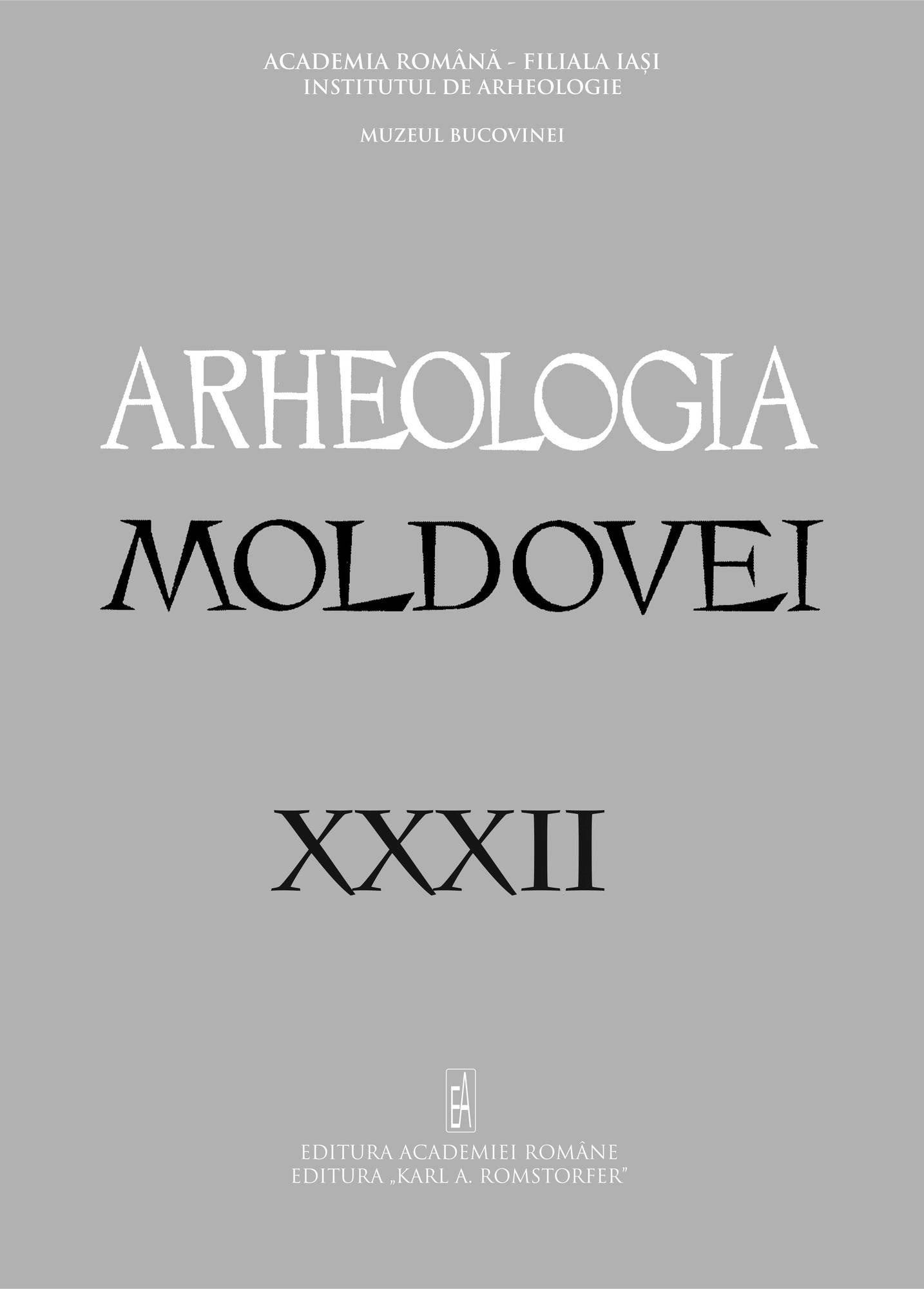
Jeder Historiker oder Archäologe, der sich mit der Geschichte und den materiellen Hinterlassenschaftender römischen Provinzen und des an sie angrenzenden „Barbaricums” beschäftigt, berührt mit seinenForschungen bewusst oder unbewusst das Thema „Romanisierung”. Der zunehmend umstrittene Begriff, demimmer wieder mangelnde Neutralität und imperialistische Konnotationen vorgeworfen wurden, bezeichnet alskleinster gemeinsamer Nenner die komplexen und regional sehr differenzierten Integrationsprozesse imrömischen Reich, angefangen von der römischen Landnahme in Italien, bis zu den hintersten Winkeln desImperiums und seiner angrenzenden Gebiete, die in einem graduell sehr unterschiedlichen Kulturaustauschzum Zentrum standen. Dabei steht vor allem aus archäologischer Sicht immer wieder die Frage im Vordergrund, in welchem Verhältnis die materielle Kultur in den Provinzen und ihren angrenzenden Gebietenzu dem steht, was wir mit dem Schlagwort „römische Identität” bezeichnen.
More...